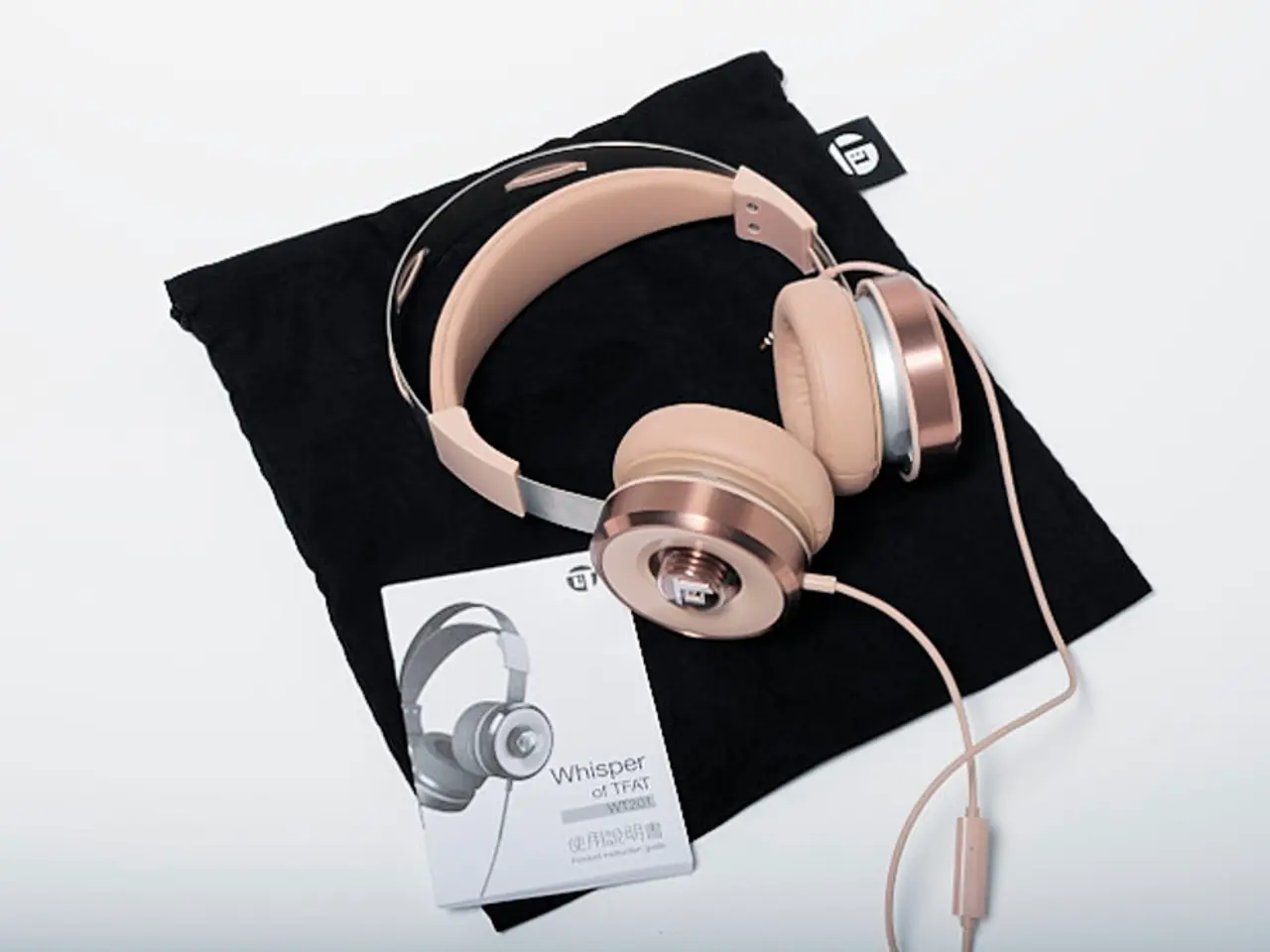Essential Guide for Musicians: Understanding Various Types of Audio Cables [Visual Guide]
In the realm of music production, understanding the difference between balanced and unbalanced audio cables is crucial for maintaining a clean, professional audio signal. This article will delve into the key differences between these two types of cables and provide guidance on when to use each in a music studio setup.
Balanced and unbalanced cables differ in their construction and how they handle noise and interference. Balanced cables, which use three conductors (a hot signal, a cold signal, and a ground), are designed to cancel out radio interference and electrical hums. They achieve this by sending the hot signal and an inverted copy of the signal along separate wires. When noise is picked up along the cable, it is usually picked up equally by both hot and cold wires. At the receiving end, the cold signal is inverted back and combined with the hot signal, which causes the noise to cancel out (noise rejection). This makes balanced cables much better at reducing interference and noise, especially over longer distances.
On the other hand, unbalanced cables, which use only two conductors (a hot signal and a ground), are more susceptible to picking up noise and interference. Noise and interference picked up along the cable become part of the signal reaching the destination, resulting in audible hums, buzzes, or radio interference. This is especially problematic over longer cable runs or in electrically noisy environments.
When it comes to a music studio setup, balanced cables (such as XLR or TRS cables) should be used for microphones, audio interfaces, studio monitors, and any gear where long cable runs or clean signal transmission is important. Unbalanced cables (TS cables) can be used for short instrument connections like electric guitars or pedals, where runs are short and some noise tolerance is acceptable.
Here's a quick reference guide for when to use each type of cable:
| Use Case | Balanced Cable | Unbalanced Cable | |-----------------------------|-------------------------|---------------------------| | **Long cable runs** | Preferred (e.g., microphones, studio monitors, outboard gear) because they reject noise better and maintain signal integrity over distance. | Not recommended, as noise and interference are more likely to degrade the audio signal. | | **Sensitive low-level signals** (e.g., microphones, instrument outputs) | Best choice to minimize interference and keep the signal clean. | Usually avoided due to susceptibility to noise. | | **Short cable runs** (e.g., connecting pedals, some instrument cables) | Can be used but sometimes overkill. | Acceptable, especially for short distances (<10 feet/meters). | | **In noisy environments** (e.g., near computers, fluorescent lights) | Essential to reduce hum and buzz. | Avoid if possible to prevent noise pickup. |
In conclusion, use balanced cables whenever noise rejection and signal integrity over longer distances matter. Use unbalanced cables only for short connections where noise pickup is minimal and convenience or compatibility is the priority. This approach ensures a clean, professional audio signal throughout your music studio setup.
Remember to inspect your cables for visible signs of wear and tear before and after each use, and replace them if necessary. Proper cable wrapping after each use and storage in a cool, dry place can extend the lifespan of audio cables.
As technology advances, digital cables are becoming more common in home studios, although details about them were not provided in this text.
Ultimately, a well-informed decision about which cables to use in your music studio setup can significantly impact the quality of your audio output. Happy recording!
In the world of beat making and music production, balancing the use of balanced and unbalanced cables can be crucial in maintaining a clean, professional audio signal, especially in a music production setup. Balanced cables, such as XLR and TRS, are ideal for long cable runs, sensitive low-level signals, and noisy environments due to their noise-canceling capabilities. On the other hand, unbalanced cables, like TS, are more suitable for short instrument connections where noise pickup is minimal and convenience or compatibility is a priority. As technology continues to evolve, the rise of digital cables in home studios adds another layer of consideration in music production and entertainment.
![All About Audio Cables: A Comprehensive Guide to Various Audio Cable Types [Infographic]](/en/content/images/size/w1280/format/webp/20250701050251_audio-cable-types-balanced-vs-unbalanced-analog-vs-digital-xlr-trs-ts-rca-midi-usb-di-box-levels-speaker-line-instrument-mic-cable-maintenance.jpeg)



